Naxos
Naxos Island is the biggest in the Cyclades and you will definitely need a car to get around. The island thrived during the Byzantine era and the numerous pretty churches spread across the inland are a testament to this heritage. Myth has it that this is where Zeus, the king of ancient Greek gods, was raised and where he launched his efforts to take over the throne in Mt Olympus. Locals have given his name to the island’s tallest mountain, Zeus (also known as Zas).
Even from the boat, visitors to Naxos can see the 6-metre-high Portara (gate) sticking out from the dry land to the left of the port. It is part of the unfinished temple of Apollo whose construction began in the middle of the 6th century BC but was never completed.
What to do
Just like in other islands, the capital and port is called Hora whose historic centre reveals a beautiful, medieval town. The town, also known as kastro (castle), was built by the Venetian Duke of Naxos Marco Sanudo (who also built the kastro of Antiparos) in the 13th century. Wandering around the old town with its very well preserved Venetian buildings flanking the narrow alleys you feel like you’ve stumbled upon a film set, half-expecting a knight in shining armour to appear from a corner.
Inside the kastro, the Archaeological Museum (Tel: +30 22850 22725, open Tue-Sun 08:00-15:00) housed in a listed building that used to be Sanudo’s palace, has artefacts dating from the Late Neolithic period to the Early Christian times. The highlights are the amazing mosaic representing the abduction of Europe from Zeus and the large collection of marble figurines (Cycladic among them), vessels and amphorae. The palace itself was built from 1600 to 1800 and is in itself a highlight. The island’s Historical Archives are now housed in what used to be a French school, where writer Nikos Kazantzakis, Greece’s greatest modern writer, attended briefly.
Antico Veneziano (Tel: +30 22850 22702) is a stunning 800-year-old mansion which has been restored to its former glory by the Dellaroka family and operates as an antique store. The old ornately carved wooden furniture; the porcelains and silverware found in the mansion are displayed beautifully for the visitors. Della Rocca-Barozzi Venetian Museum (Tel: +30 22850 22386, open daily 10:00-23:00) inside the castle showcases medieval everyday objects and during the summer hosts cultural activities, such as concerts of classic music and art exhibitions. Your medieval tour is completed with the Capuchins monastery and the 13th century Catholic Cathedral.
There is plenty of walking and exploring to do inland, so open your map and take notes. Apiranthos is Naxos’ most beautifully preserved village. This small village has set up three museums: the Archaeology Museum (open Tue-Sun, 08:30-15:00) with interesting rock paintings and other artefacts, the Museum of Natural History (Tue-Sun, 08:30-15:00) exhibiting rocks and dolphin skeletons and the Geology Museum (open Tue-Sun, 08:30-15:00) housing lots of rock formations from the island and abroad.
Your tour around the island will inevitably bring you to Tragaea, a large valley at the centre of Naxos, dotted with half a dozen sleepy villages. The quaint village of Filoti, is the largest of the group, is built amphitheatrically over the fertile valley cultivated with olive trees and orchards. Further down towards Hora you encounter Halki village, which has more Venetian tower houses, the most famous of which is Gratsia Pyrgos. In the same village, the family Vallindras (Tel: +30 22850 31220) has been making Kitron, an alcoholic beverage made of citrus, in the same distillery since 1896. The visitor is invited to observe the process and try Kitron and other products. Koronos is a mountainous village whose inhabitants used to work in the nearby emery mines. Today locals are involved in farming and agriculture. Your next stop should be Melanes, built on the side of a gorge. The highlight is a tall Kouros statue (male statue) situated in the countryside close the village, dating to the 6th century BC. Close to the village, in the area of Kalamitsa, is the old Jesuit Palace, built in the 17th century, which served as the residence of the Jesuit monks. Another giant Kouros lies in an ancient quarry close to Apollonas village, at the northern tip of the island.
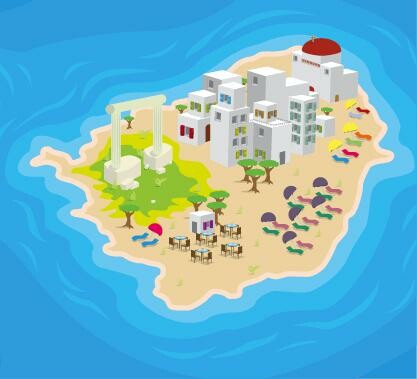
Beaches
Apart from sightseeing, Naxos is all about swimming. The coast north of Hora is rocky and is usually avoided, but if you go south, you will have a lot of coves to choose from. Agios Prokopios and Agia Anna offer the usual triptych of sun loungers, umbrellas and water sports (diving included). At the area of Marangas, below Agia Anna, are a series of small beaches which you can explore one by one. On the west coast, the sand dunes which form Plaka beach attract nudists. Agiasos is a quiet beach overrun by families, while Apollonas at the north is protected from the winds. Naxos, like Paros, attracts windsurfers thanks to the summer meltemia winds that sweep the island. Beaches like Mikri Vigla are dotted with colourful sails swooshing up and down the waves. Mikri Ammos to the west is a beautiful sandy beach but it’s a long way out.
Products
Unlike the rest of the Cyclades, Naxos has a fertile land and agriculture is widely developed. The Naxiot potatoes are considered the best and are shipped to the supermarkets of mainland Greece. As you travel inland, you will discover the orchards and vineyards which produce wine, figs, olive oil and citrus. Another source of income comes from farming and islanders are proud to present their own cheese at the table. When eating out, ask for arseniko kefalotiri, graviera, glikia mizithra (all flavoursome cheeses) and order xinogalo to drink (a type of goat milk).
Since Naxiots eat what they produce, most tavernas serve good quality specialties from ingredients growing in their back garden. Lefteris in Apeiranthos offers delicious local specialties, Axiotisa on the way to Aliko village, is where you will find the best fish, and Pigi close to the village Ano Potamia, serves Greek fare in a garden surrounded by flowers. Palatia in Hora has excellent seafood; O Giorgis in Melanes is recommended for meat specialties. Back in Hora, the old Lucullus taverna on Agiou Nikolaou Street will present you with Naxiot specialties. In Halki, Yannis uses top local ingredient in large servings. In Agiasos, Vrahia taverna has polite waiters and well grilled meat. If you find yourself in Plaka, try Paradisos and Tria Adelfia, which specialise in casserole dishes.
ACCOMMODATION:
Camping Naxos (Tel: +3022850 23500) close to Agios Georgios beach is well organised. On the sea front of Agios Georgios, look for Pension Dimitra (Tel: +30 22850 24922). Argyra studios (Tel: +30 22850 41925) at Agios Prokopios has nicely decorated studios and a pool. Palatiana (Tel: +30 22850 22707) is a family run business which has developed agro-tourism at the Galini village.
GETTING THERE:
There are many daily ferry and catamaran services connecting Piraeus and Rafina ports with Naxos and Olympic Air flies daily to the island. For ferry and airline websites check the Getting to and from the islands section
_______________
Paros
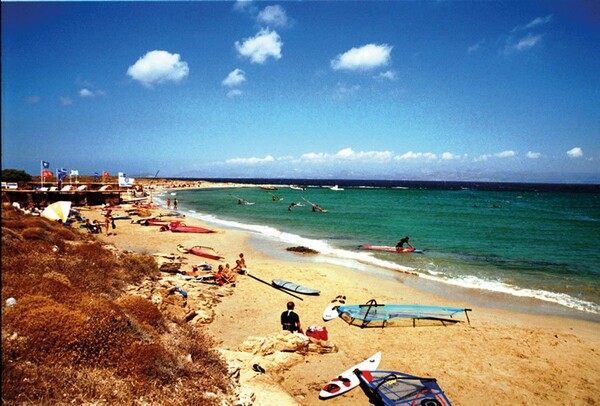
Right at the heart of the Cyclades, Paros beautifully combines aspects of all the other Cycladic islands; the striking white houses of Folegandros, the cosmopolitanism of Mykonos, the spirituality of Tinos, the variety of Naxos and the beaches of Ios. Since antiquity Paros has been known for its white marble, mined at the area of Marathi, five kilometres away from Parikia. The high quality marble proved very profitable through the centuries and was used to make three of the most celebrated sculptures in the world; the Venus de Milo (also known as Aphrodite of Milos, displayed at the Louvre), Hermes and the Infant Dionysus (also known as Hermes of Praxiteles, displayed at the Archaeological Museum of Olympia) and Nike of Samothrace (also at the Louvre). Mining stopped during the Byzantine era but restarted when the island was conquered by the Venetians. It continued uninterrupted until the late 19th century when the mine was closed down. The marble quarries have for the most part survived intact.
What to do
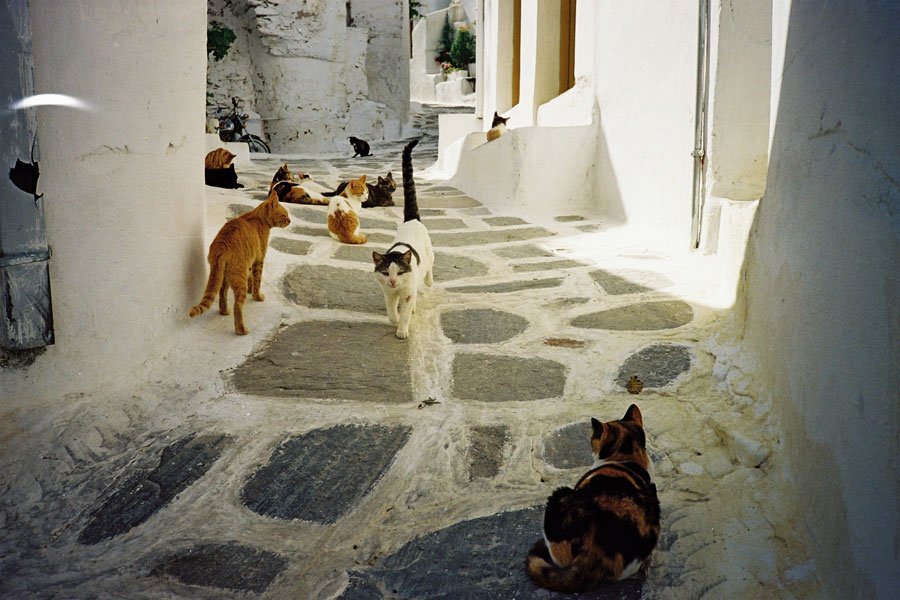 As the boat approaches to the main port and town, Parikia, you are greeted by the old white windmill, a favourite meeting point for tourists before they embark on their nightly escapades. It is the liveliest part of the island, with hotels, cafés, shops and bars lining the seafront and many more scattered around the back streets. The island’s long history is exhibited in the small Archaeological Museum in Parikia (Tel: +30 22840 21231, open Tue-Sun 08:30-15:00). The most important find is a fragment of the Parian Chronicle, a chronology of key events in Greece from 1,500 BC to 264 BC but you will also see the torso of Artemis in motion, from the 4th century BC. Just behind the museum are the remains of three Hellenistic houses as well as beautiful mosaics from the 3rd century BC. At the heart of the old town lies the Venetian castle built by Marco Sanudo, Venetian Duke of Naxos in 1260 AD using pieces of ancient tamples and other buildings. Walking around Parikia will inevitably bring you outside Panagia Ekatontapiliani (Tel: +30 22840 21243, church open 07:30-21:30, museum open 09:30-14:00 & 18:00-21:00) the 4th century compound comprised of three churches –Agios Nikolaos, the Church of Our Lady and the Baptistry– and a Byzantine museum.
As the boat approaches to the main port and town, Parikia, you are greeted by the old white windmill, a favourite meeting point for tourists before they embark on their nightly escapades. It is the liveliest part of the island, with hotels, cafés, shops and bars lining the seafront and many more scattered around the back streets. The island’s long history is exhibited in the small Archaeological Museum in Parikia (Tel: +30 22840 21231, open Tue-Sun 08:30-15:00). The most important find is a fragment of the Parian Chronicle, a chronology of key events in Greece from 1,500 BC to 264 BC but you will also see the torso of Artemis in motion, from the 4th century BC. Just behind the museum are the remains of three Hellenistic houses as well as beautiful mosaics from the 3rd century BC. At the heart of the old town lies the Venetian castle built by Marco Sanudo, Venetian Duke of Naxos in 1260 AD using pieces of ancient tamples and other buildings. Walking around Parikia will inevitably bring you outside Panagia Ekatontapiliani (Tel: +30 22840 21243, church open 07:30-21:30, museum open 09:30-14:00 & 18:00-21:00) the 4th century compound comprised of three churches –Agios Nikolaos, the Church of Our Lady and the Baptistry– and a Byzantine museum.
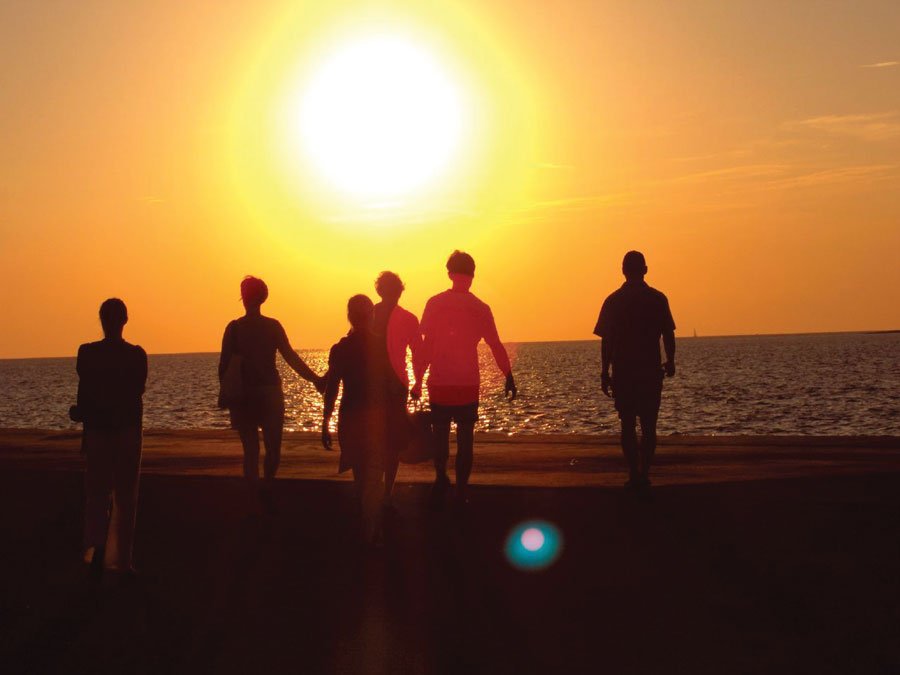
 Naoussa on the north coast stands out with its scenic harbour and the whitewashed houses and shops. What started as a small fishing village has transformed into a lively town with its own gastronomic world and nightlife which somehow seems to attract a more eclectic (and older) crowd. Close to Naoussa is Kolimbithres, one of the most impressive beaches with light blue waters and smooth grey rocks. On the east coast are the tranquil villages of Piso Livadi and Logaras. Both villages have sandy beaches, tavernas and cafés and are popular with families and those who want to avoid the crowded beaches further south. Piso Livadi has plenty of small bars to enjoy a cold beer in the evening and watch the sun set.
Naoussa on the north coast stands out with its scenic harbour and the whitewashed houses and shops. What started as a small fishing village has transformed into a lively town with its own gastronomic world and nightlife which somehow seems to attract a more eclectic (and older) crowd. Close to Naoussa is Kolimbithres, one of the most impressive beaches with light blue waters and smooth grey rocks. On the east coast are the tranquil villages of Piso Livadi and Logaras. Both villages have sandy beaches, tavernas and cafés and are popular with families and those who want to avoid the crowded beaches further south. Piso Livadi has plenty of small bars to enjoy a cold beer in the evening and watch the sun set.
Taking the road back to Parikia from Piso Livadi, you arrive at the mountain village of Lefkes, right in the middle of Paros. Picturesque Lefkes with its cubed whitewashed houses which resemble sugar lumps have resisted the pressures of package tourism maintaining its slow paced life and unspoilt architecture. The Church of Agia Triada made entirely of Parian white marble, is visible from every part of the village. If you’re in Paros at the end of August, do not miss the local panigiri on the 29th dedicated to Agios Yannis Kaparos. The celebrations spill out in the vineyards and orchards at the gardens of the local monastery. When you get hungry, find To Thasos for a home-cooked meal and a majestic view.
Activities
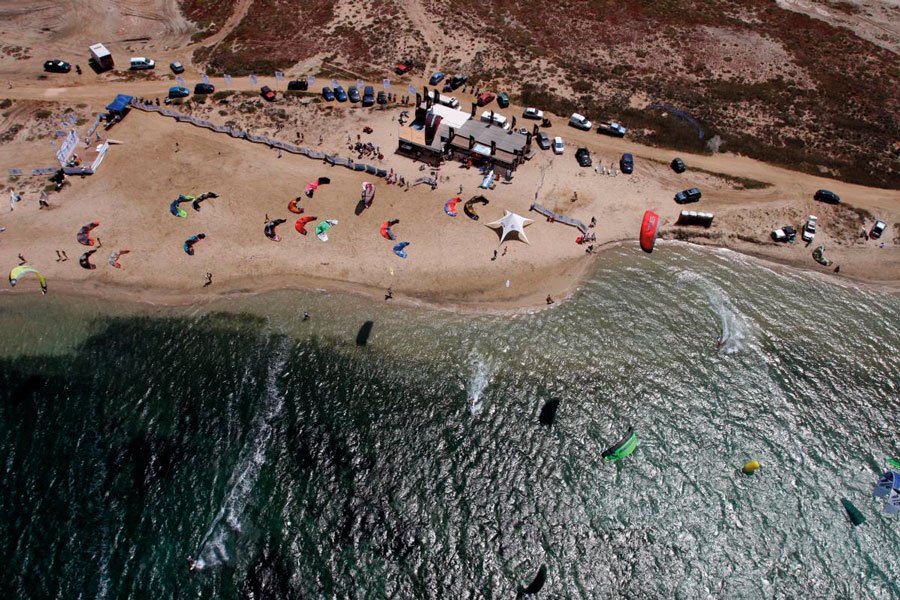 Paros is home to many sports, including water skiing, diving, horse-back riding, mountain-biking, Go-Karting, bungee jumping, beach volleyball and hiking. However, the most popular sports on the island are windsurfing and kitesurfing. In fact, the kitesurfing world cup is held here regularly and there are some top notch kitesurfing schools (www.paroskite-procenter.com) at Pounda beach for all aspiring athletes. Most sports facilities can be found at Santa Maria, Kolimbithres, Farangas and Monastiri. If you’re interested in discovering the underwater world of Paros, look no further than the Aegean Diving College (ADC) (Hrisi Akti, Tel: +30 22840 43347, +30 6932 289649, www.aegeandiving.gr) which offers courses and organises diving trips. ADC is run by Peter Nicolaides, an experienced diver, oceanographer, biologist and offshore engineer who has worked on expeditions with the National Geographic Foundation and Jacques Yves Cousteau. The coastal area is full of wrecks, interesting rock formations and caves, and ADC organises trips to all of them, depending on your diving skills.
Paros is home to many sports, including water skiing, diving, horse-back riding, mountain-biking, Go-Karting, bungee jumping, beach volleyball and hiking. However, the most popular sports on the island are windsurfing and kitesurfing. In fact, the kitesurfing world cup is held here regularly and there are some top notch kitesurfing schools (www.paroskite-procenter.com) at Pounda beach for all aspiring athletes. Most sports facilities can be found at Santa Maria, Kolimbithres, Farangas and Monastiri. If you’re interested in discovering the underwater world of Paros, look no further than the Aegean Diving College (ADC) (Hrisi Akti, Tel: +30 22840 43347, +30 6932 289649, www.aegeandiving.gr) which offers courses and organises diving trips. ADC is run by Peter Nicolaides, an experienced diver, oceanographer, biologist and offshore engineer who has worked on expeditions with the National Geographic Foundation and Jacques Yves Cousteau. The coastal area is full of wrecks, interesting rock formations and caves, and ADC organises trips to all of them, depending on your diving skills.
Day trip
A popular day trip is crossing to Antiparos Island (1km southwest of Paros) the somewhat quieter sibling of Paros. The boats leave daily from the ferry quay of Pounda beach.
The hinterland has several wetlands like Santa Maria, Molos, Hrisi Akti, Aliki and Kambos, which serve as heavens for migrating birds like cormorants and eagles. Unfortunately, many birds and other types of wildlife fall prey to hunters or are otherwise injured. In 1995 the Aegean Wildlife Hospital Alkioni (area of Kamares, Tel: +30 22840 22931, email: [email protected]) opened its doors to treat wildlife from all over Greece. Since its opening it has expanded its facilities to deal with the increasing number of injured birds while at the same time trying to educate the public on environmental issues. You can organise a visit to the hospital by calling ahead or email them. The hospital is always in need of volunteers and donations, so feel free to help any way you can.
Where to eat
Just like Naxos, Paros has a significant agricultural production, starting from top quality olive oil, vegetables, fruits, gourmet cheeses like graviera, touloumisio and ladotiri and wine. Locals also think highly of the local capers added in Greek salads and the alcoholic drink souma, which resembles raki. The vineyards produce two local varieties of grapes, manthilaria (red) and monemvasia (white), which have been assigned the PDO tag (Protected Designation of Origin).
Eating is a feast in Paros, which, like Mykonos and Naxos, offers a wide range of eateries and cuisines. At Thea ex Anatolon (Pounda, Tel: +30 22840 91220) you will eat excellent traditional Greek, Turkish and Anatolian dishes sitting at a romantic terrace overlooking Antiparos. For good fish and seafood –avoid the appetizers– choose Taverna Halari (Palio Livadi, Tel: +30 22840) which is jam-packed on high season, booking recommended. In Parikia, try the creative seafood of the traditional taverna Porphyra (Tel: +30 22840 22693) or head to Levantis (Tel: +30 22840 23613) for a more refined Mediterranean cuisine. In Santa Maria, Caretta restaurant café (Tel: +3022840 53249) prepares vegan and vegetarian meals made mostly from ingredients cultivated by the two owners of the restaurant. You can lay in the hammock while you’re waiting for your order. In Naoussa, Papadakis restaurant serves delicious and refined Greek cuisine.
Nightlife
The bar crawls in Paros start at the waterfront of Parikia and continues where the music is louder. There are countless bars and clubs to choose from and sometimes the insane number of people gathering outside their doors means that one you choose may just be the one which you can actually get in. Saloon D’Or (Tel: +30 22840 22176) plays rock and reggae and has a friendly, chilled atmosphere. Pirate bar (Tel: +30 6979 194074) in Franca Scala is a cosy bar whose owner loves jazz and world music. The popular Evinos Bar (Tel: +30 22840 23026) is where most people enjoy their first drink of the evening. If you’re staying in Naoussa, start your evening at Tonic bar (Tel: +30 6937 195346) for some live music and a cold gin & tonic. Linardo night club in Parikia pays tribute to house music and gets busy after 3am. Pounda Beach club (Pounda, Tel: +30 22840 41717, www.pundabeach.gr) is a huge complex with non-stop music, swimming pools, bars, restaurants, a gym, live music gigs entertaining people all day and night.
ACCOMMODATION:
Young Inn (Naoussa, Tel: +30 6942 834911, www.young-inn.com) is a well-organised hostel offering clean and cheap accommodation for young travellers. Panorama Hotel (Parikia, Tel: +30 22840 22830, www.panoramahotel.gr) has traditional Cycladic architecture and fully equipped rooms. In Lefkes, Lefkes Village (Tel: +30 22840 41.827, 42398, www.lefkesvillage.com) has classy houses with a view of the village while Kalypso (Tel: +30 22840 41583) offers deluxe rooms.
GETTING THERE:
There are many daily ferry and catamaran services connecting Piraeus and Rafina ports with Paros, and Olympic Air flies daily to the island. For ferry and airline websites check the “Getting to and from the islands” section.
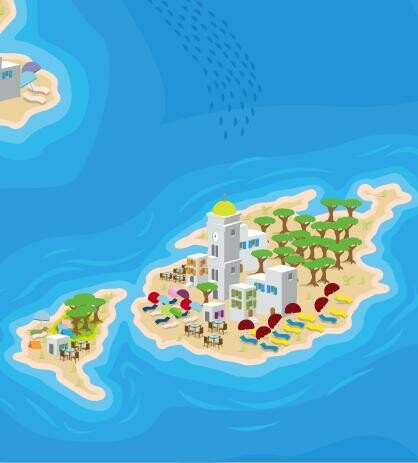
LiFO CHOICE
Stretch Pilates

Peripheral road of Naoussa, Tel: +30 22840 55189
In a comfortable and friendly environment with a wonderful view over the bay of Naoussa you may enjoy four different types of massages, body therapies and depilation treatments. On the second level of Stretch Pilates, in a unified, simple area with wooden floors, you will find everything you need to practice classic Pilates.
Natural High

Monastiri beach,
Tel: +30 6944 745612
The island’s hot spot with floating facilities which attract the water sports fanatics. The 4 boats, the wide range of equipment and games and the experienced trainers will offer you the ultimate experience either you choose to do a water sport or play a game. The venue offers lessons for beginners, specialising in small kids, but also for advanced levels.
Tonos
Naoussa, Tel: +30 22840 53169, www.tonos-paros.gr
On the central road of Naoussa is a modern store with tasteful furniture, smart decorative items, modern light fixtures, original accessories and linens for every room in the house.
Saint Andrea Resort
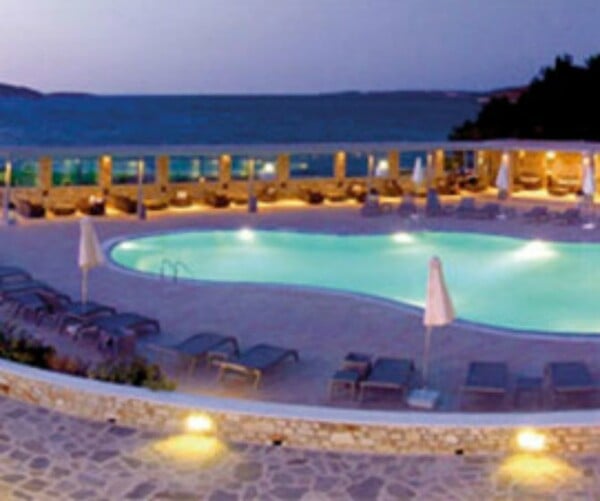
Kolimbithres, Naoussa, +3022840 28890-4, www.st-andrea.gr
On the road top Kolimbithres, at an idyllic location on the rocks, stands a resort complex of 56 rooms and suites which combine Cycladic architecture and French refinement offering high level services.
Bit of Salt
Naoussa, Tel: +30 22840 28625, Asteras,Tel: +30 22840 42757, www.bitofsalt.gr
The only surf shop in Paros. Here you will find accessories and equipment for all water sports, but also a wide variety of beachwear, shoes and sunglasses for adults and kids. Other services are offered.


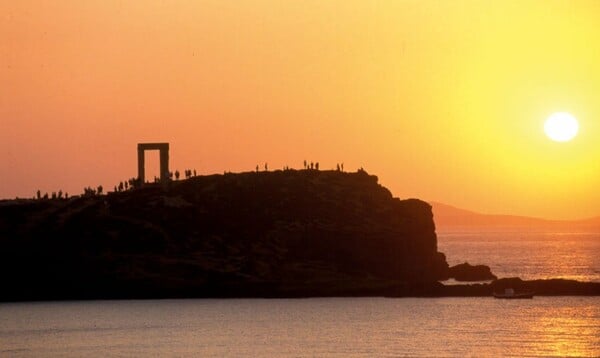

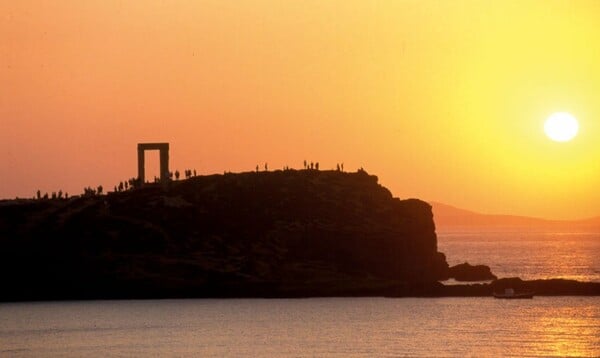








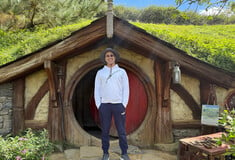
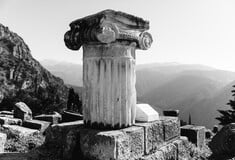

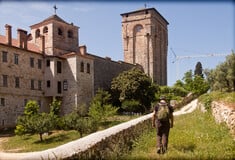

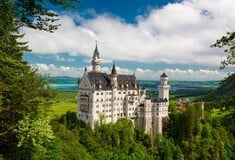
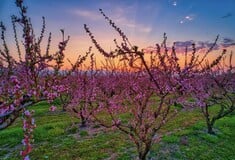

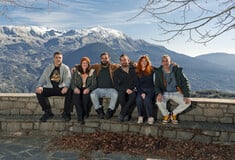



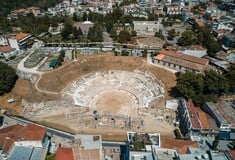
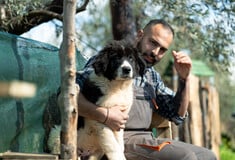
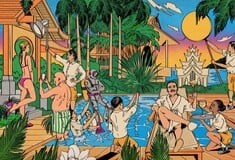
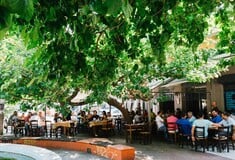




σχόλια